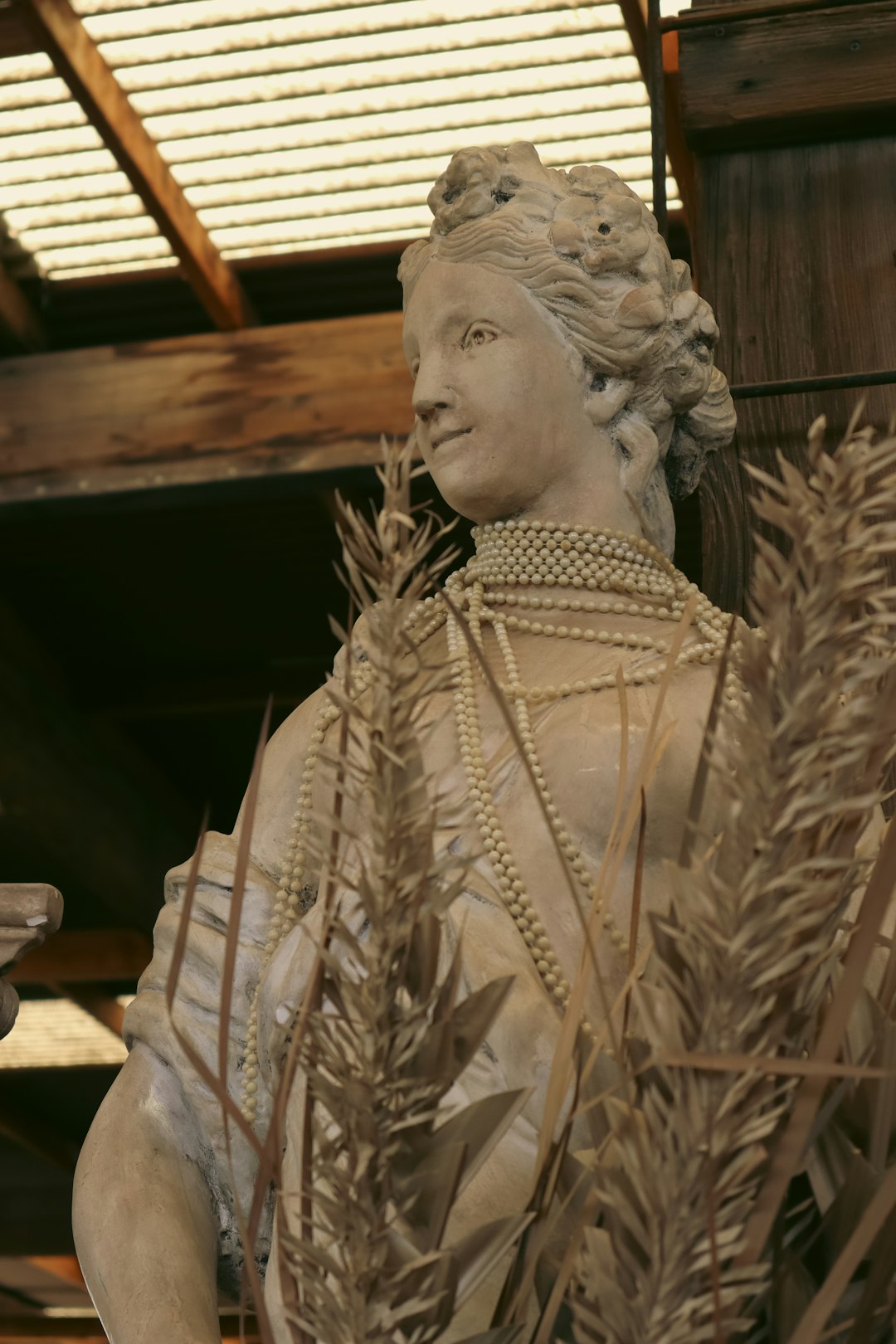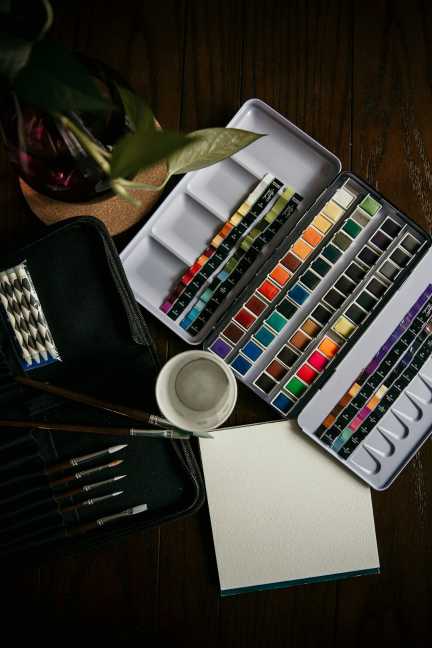The Art of Pottery: Creating Functional and Beautiful Ceramic Pieces
Pottery is an ancient art form that dates back thousands of years. It has been an integral part of human culture and history, serving both functional and artistic purposes. From creating everyday utensils to elaborate decorative pieces, pottery has always held a special place in the hearts of artists and collectors alike.
One of the most fascinating aspects of pottery is its ability to transform a simple lump of clay into a functional and beautiful piece of art. The process starts with the gathering of clay, which is usually found in riverbeds or dug from the ground. Once the clay has been collected, it is carefully prepared by removing any impurities and kneading it to achieve the right consistency.
The next step is to shape the clay into the desired form. This can be done using various techniques, such as hand-building, wheel-throwing, or mold-making. Hand-building involves shaping the clay using only the hands and simple tools, allowing for a more organic and unique final product. Wheel-throwing, on the other hand, involves using a pottery wheel to create symmetrical and precise shapes. Mold-making is yet another technique where clay is pressed into a pre-made mold to create identical shapes.
Regardless of the technique used, the potter’s skill and creativity play a crucial role in determining the final outcome of the piece. Every decision, from the shape and size to the texture and decoration, requires careful consideration and expertise. It is this combination of skill and creativity that distinguishes a true artisan from a mere craftsman.
Once the piece has been shaped, it is left to dry. This drying period is crucial as it allows the clay to harden and stabilize before it undergoes the next stage. However, the drying process must be slow and controlled to prevent cracking or warping. After drying, the piece is referred to as “greenware” and is ready for the next step – glazing.
Glazing is the process of adding a glass-like coating to the surface of the pottery. This not only enhances its appearance but also makes it waterproof and durable. Glazes are composed of various minerals and pigments, which, when fired at high temperatures, melt and fuse with the clay to create a unique and colorful finish. There are countless glaze recipes available, each with its own unique properties and effects, allowing potters to experiment with different combinations to achieve their desired result.
Once the glaze has been applied, the pottery is fired in a kiln. Firing is a crucial process that transforms the clay and glaze into a solid, hardened state. During the firing, the temperature inside the kiln reaches several thousand degrees Fahrenheit, causing the clay to vitrify or become glass-like. The exact temperature and duration of the firing depend on the type of clay and glaze used, as well as the desired outcome. Firing can take several hours or even days, as the pots slowly heat up, cool down, and gradually reach their final state.
The final result is a beautiful and functional ceramic piece ready to be admired and used. Whether it’s a simple mug, a decorative vase, or a delicate sculpture, each pottery piece carries the unique mark of the potter’s hands and creative vision. This is what sets pottery apart from mass-produced items – it embodies the spirit and skill of the artist, making it a truly personal and meaningful piece of art.
Pottery has stood the test of time and continues to captivate artists and enthusiasts across the globe. Its ability to combine functionality and beauty makes it a versatile and enduring art form. Through the art of pottery, we not only create practical objects for everyday use but also infuse them with our creativity and passion. So, next time you hold a beautifully crafted piece of pottery in your hands, take a moment to appreciate the skill and artistry that went into creating it – for it is a true testament to the power of human creativity and ingenuity.












